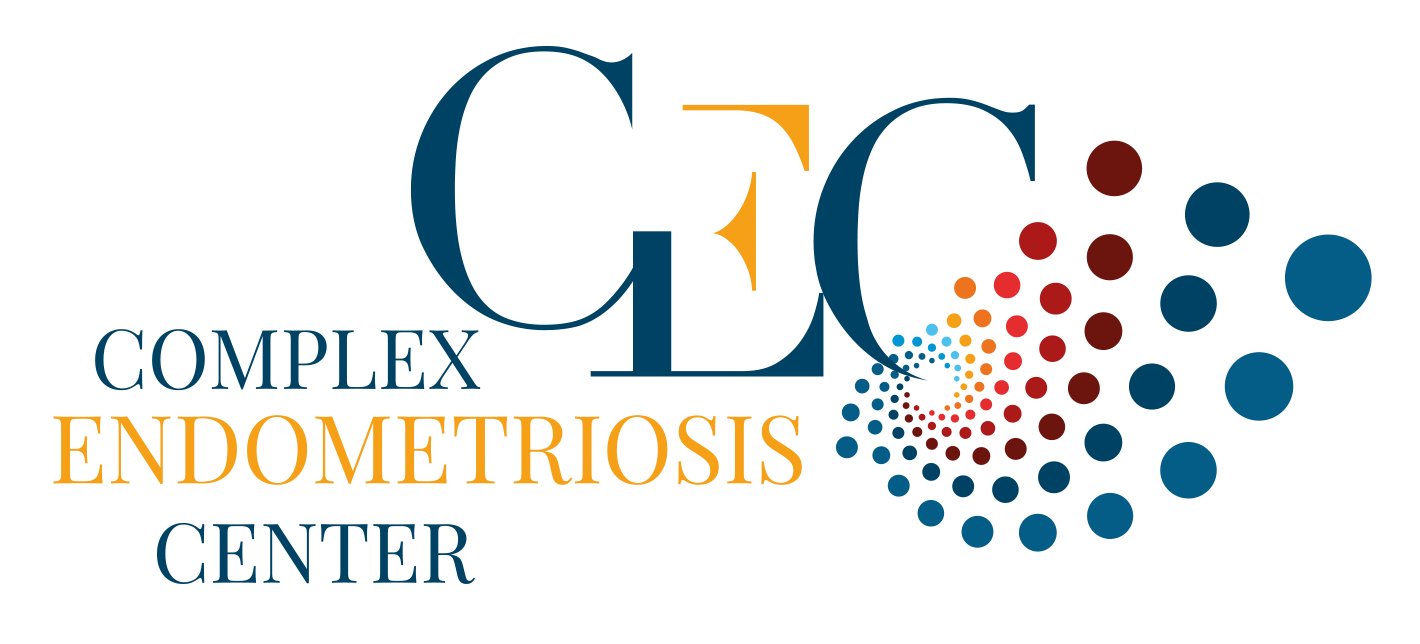What is ovarian endometriosis?
Endometriosis is a pathology in which tissue similar to the uterine lining, called the endometrium, develops outside the uterus. These abnormal proliferations can occur in different parts of the pelvis, and sometimes even outside the pelvis.Ovarian endometriosis is one of the specific forms of this disease, along with deep endometriosis, peritoneal endometriosis and internal endometriosis.
Ovarian endometriosis is characterized by the invasion of the ovary by endometrial glands and stroma (coelomic metaplasia theory). These lesions tend to bleed anarchically under the influence of hormonal variations, and this blood remains collected inside cysts known as endometriomas, endometriotic cysts or chocolate cysts.
These chocolate cysts take their name from their appearance: a brownish color due to the ancient blood they contain. The particular appearance of these cysts, as well as their specific location on the ovary, differentiates them from other forms of endometriosis. The process of invasion of ovarian tissue by these endometriotic cells is still the subject of much research, but the presence of these cysts is a clear manifestation of ovarian endometriosis.


What are the symptoms and consequences of ovarian endometriosis?
Endometriotic cysts specific to ovarian endometriosis form when tissue similar to that lining the uterus grows outside the uterine cavity, particularly in the ovaries. This abnormality can have a serious impact on a woman's menstrual cycle and ability to become pregnant.
These endometriotic cysts can lead to a dysfunction in ovulation quality and thus induce infertility if not properly treated.
Symptoms ofovarian endometriomas include:
- Abdominal pain: Although cysts are often painless when isolated, some women may experience persistent abdominal pain, especially during menstruation.
- Painful periods: Ovarian endometriosis can intensify the pain associated with menstruation, making each period painful, especially if other forms of the disease are involved.
- Infertility: The altered quality of ovulation caused by endometriosis can make fertilization difficult or impossible for some women.
- Pain in the lower abdomen: In addition to abdominal pain, a sensation in the lower abdomen may indicate an ovarian cyst.
- Painful sexual relations: Endometriosis can make intimate relations painful (if the cysts are large), which will have an impact on the couple's life and the woman's morale.
- Digestive disorders: Although less common, symptoms such as constipation or diarrhea may be associated with ovarian endometriosis, if cysts adhere to digestive structures.
Given the complex and specific nature of ovarian endometriosis, it's essential to consult a true specialist as soon as symptoms appear, for an accurate diagnosis. Without appropriate treatment, ovarian endometriosis can lead to infertility and other complications.
How is ovarian endometriosis diagnosed?
Ovarian endometriosis is a pathology manifested by the presence of specific ovarian cysts. It should not be confused with polycystic ovaries. Accurate diagnosis is crucial to the patient's care.
After a thorough, targeted interview, an initial clinical examination by a specialist is the first step towards detecting this condition. This examination can reveal cysts whose size is accessible to clinical examination. However, for a precise diagnosis of ovarian endometriosis, we turn to imaging.
In contrast toperitoneal endometriosis, however, ovarian endometriosis is more accessible to imaging. Pelvic ultrasound reveals homogeneous, hypoechoic intra-ovarian images, while MRI can shed light on the presence of blood in the ovary by means of a T1-weighted hypersignal with fat saturation.
Biological markers can sometimes be used to complete the diagnostic picture, but they are not always specific to this disease. Prior to any treatment of ovarian endometriosis, it is essential to assess ovarian function and, in particular, oocyte reserve (blood test generally performed at the time of menstruation and follicular count by ultrasound). If these imaging methods are not sufficient to confirm the diagnosis of ovarian endometriosis, and before considering surgery, further in-depth investigations may be necessary to avoid confusion with other conditions.
The challenges of ovarian endometriosis surgery!
Surgery forovarian endometriosis often represents the only treatment option for many women suffering from this condition, especially in cases of large cysts, failure of medically assisted reproduction (MAP) management.
It offers an effective treatment option, aimed at eliminating endometriotic cysts and reducing associated pain.
However, surgery presents many challenges:
- It is crucial to preserve ovarian function as much as possible so as not to compromise the patient's subsequent fertility.
- Given the delicate location of cysts, the procedure must be carried out with extreme precision to avoid complications and irreversible impact on fertility.
- Disease recurrence remains a concern, requiring rigorous post-operative follow-up.
The challenge is to strike a balance between eradicating the disease and preserving a woman's ability to procreate
.
The Complex Endometriosis Center
Recognized expertise in the management of ovarian endometriosis!
Ovarian endometriosis poses a considerable challenge to thousands of women worldwide. In the quest for care adapted to this specific pathology, it is essential to surround yourself with the best medical expertise.
The Centre Endométriose Complexe shines in this field thanks to its internationally renowned experts, who regularly publish scientific papers and accompany numerous patients every year.
More than just a gynecological clinic, the CEC team fervently defends women's well-being, aiming not only to relieve them, but also to preserve their chances of having children.
We stand apart from so-called opportunistic specialists. Our passion for the cause and our determination to combat certain abuses in the treatment of endometriosis show just how much we understand the scale of the problems associated with these different types of pathology.
The integration of the CO2 laser by the Centre Endométriose Complexe marks a decisive turning point in the field of laparoscopic surgery. This technique, which we prefer for ovarian surgery, has already transformed the lives of hundreds of women.
With this avant-garde method and our expertise, we are giving hope, reassurance and possible maternal happiness back to all these women.
